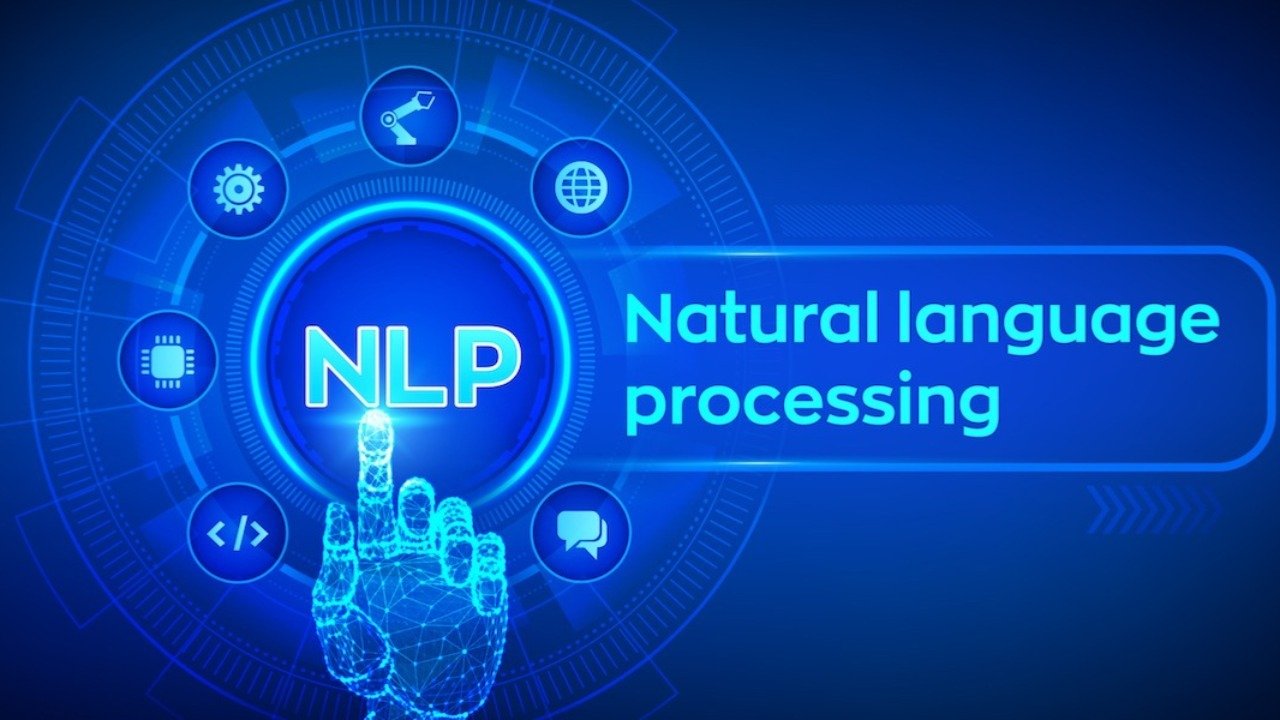
Small businesses working Capital Loans for Small businesses are the backbone of our economy, contributing significantly to innovation and employment. Nevertheless, working capital loans for small companies frequently encounter financial difficulties that impede their expansion and viability. One such financial tool that has proven instrumental in addressing these challenges is working capital loans.

Understanding Working Capital
Working capital is fundamental to any business’s financial health and operational efficiency. Operating capital, often referred to as the lifeblood of an organization, represents the difference between a company’s current assets and liabilities. Current liabilities involve short-term debts like accounts payable and accumulated expenses, whereas existing assets include cash, inventory, and accounts receivable.
This financial indicator provides an instantaneous picture of a business’s liquidity, indicating its capacity to pay short-term debt and maintain ongoing operations. Effectively managing working capital involves optimizing the balance between current assets and liabilities to ensure a smooth cash flow cycle.

The Need for Working Capital Loans
The need for working capital loans arises from the dynamic nature of operations, particularly for small enterprises. Small businesses often face irregular cash flows, seasonal fluctuations, and unexpected expenses. These financial hurdles can disrupt daily operations and hinder growth opportunities. Working capital loans act as a crucial economic lifeline, providing businesses with the necessary funds to bridge gaps in cash flow, meet immediate obligations, and seize strategic opportunities.
Sustainability for small enterprises depends critically on maintaining a consistent cash flow. Working capital loans address short-term financial needs and empower enterprises to navigate uncertainties, ensuring continuity and resilience in a competitive market.

Types of Working Capital Loans
Various types of working capital loans cater to the diverse financial needs of businesses, offering flexibility and tailored solutions. Short-term loans are a common choice, providing quick access to funds for immediate needs.
Companies can take out money as needed and repay it over a flexible period via lines of credit, which have revolving credit limits. Invoice financing leverages outstanding invoices to secure immediate cash flow, which is ideal for businesses with delayed payment cycles.
A portion of daily credit card transactions are used to repay merchant cash advances, which offer an upfront lump amount payment.
Understanding these types empowers businesses to choose the most suitable option, aligning financial solutions with their specific operational requirements.
Qualifying for Working Capital Loans
Qualifying for working capital loans involves thoroughly evaluating a business’s financial health and creditworthiness. Lenders typically consider factors such as the business owner’s credit score, the company’s revenue history, and the purpose of the loan.
A higher credit score often enhances eligibility, signaling a responsible financial management track record. Demonstrating a consistent and sufficient cash flow is crucial, as it assures lenders of the business’s ability to repay the loan. Additionally, lenders may assess the business’s debt-to-income ratio and overall stability. Understanding these criteria and preparing the necessary documentation is critical to ensure a successful working capital loan application.

Pros and Cons of Working Capital Loans
Examining the pros and cons of working capital loans is crucial for businesses contemplating this financial avenue. On the positive side, these loans provide quick access to funds, ensuring smooth operations during cash flow gaps. They offer flexibility in terms of repayment, allowing businesses to align payments with their revenue cycles. Working capital loans also support short-term needs, aiding in managing unexpected expenses or seizing time-sensitive opportunities.
However, on the downside, interest rates and fees can be relatively higher, impacting overall borrowing costs. Companies should carefully assess these aspects, considering the advantages of increased liquidity and their financial status.

Choosing the Right Lender
Choosing the right lender is a pivotal decision in the working capital loan process, influencing the overall financial well-being of a business. Thorough research is essential to understand the reputation and credibility of potential lenders. Examining loan terms, interest rates, and associated fees clarifies the financial commitment.
Small businesses should prioritize lenders who align with their specific needs and offer transparent communication about the terms and conditions. Comparing different lenders enables companies to make informed decisions, selecting a partner who provides the necessary funds and supports the enterprise’s long-term financial health and growth.

Application Process
Navigating the application process for working capital loans involves a series of strategic steps to secure financial support efficiently. Small businesses should gather all necessary documentation, including financial statements, tax returns, and business plans. Completing a comprehensive application form, providing accurate information, and specifying the purpose of the loan are critical components.
Timely submission of the application facilitates prompt processing. Lenders may ask for more details or explanations while reviewing the application. Engaging in open communication and promptly addressing queries enhances approval chances. Understanding the timeline, from application submission to fund disbursement, empowers businesses to plan effectively and utilize the funds when needed.

Tips for Successful Utilization
Ensuring the successful utilization of working capital loans involves strategic planning and proactive measures. Businesses should strategically allocate funds based on priority needs, focusing on areas directly impacting growth and cash flow stability.
Constantly monitoring cash flow and implementing effective repayment strategies contribute to sustainable financial management. Moreover, building a contingency fund for unforeseen expenses adds an extra layer of financial security. These tips guide businesses in maximizing the benefits of working capital loans while fostering responsible financial practices for long-term success.
Realizing the Benefits
Case studies showcase businesses successfully leveraging working capital loans to fuel growth. Long-term impacts on business expansion and the positive influence on credit history underscore the significance of these financial instruments.
Overcoming Common Challenges
Businesses must avoid over-reliance, manage debt responsibly, and adapt to market changes. Overcoming these challenges positions small enterprises for long-term success.
Future Trends in Working Capital Financing
Businesses must predict future developments in working capital financing to stay competitive in a changing market. Technological advancements, including blockchain and AI, will likely reshape traditional financing methods. Alternative financing options, such as peer-to-peer lending, are gaining prominence.
Industry-specific developments, like supply chain financing, will offer tailored solutions. Staying informed and adaptable to these evolving trends positions businesses for financial success, fostering resilience and innovation in the ever-changing landscape of working capital financing.
Conclusion
In conclusion, working capital loans emerge as a strategic ally for small businesses, addressing immediate financial needs and fostering resilience. The ability to navigate cash flow challenges, capitalize on opportunities, and sustain day-to-day operations positions these loans as a cornerstone for growth.
While acknowledging the pros and cons, businesses must approach working capital financing with a clear understanding of their needs and a commitment to responsible financial management. Embracing these loans as a tool for empowerment rather than a financial crutch enables businesses to thrive, contributing to their success and the broader economic landscape.
FAQs
Can startups apply for working capital loans?
Yes, startups can apply for working capital loans, although eligibility criteria may vary. Lenders often consider factors such as business revenue, credit history, and the purpose of the loan.
How quickly can a business access funds through these loans?
The timeline for accessing funds depends on the lender and the complexity of the application. Some lenders offer quick approval and funding within a few days, while others may take longer.
Are there government-backed working capital loan programs?
Yes, government-backed programs provide working capital support to small businesses. These programs often have favorable terms and conditions.
What happens if a business cannot repay the loan on time?
In case of difficulty repaying the loan, businesses should communicate with the lender promptly. Some lenders may offer flexible repayment terms, while others may provide alternative solutions.








